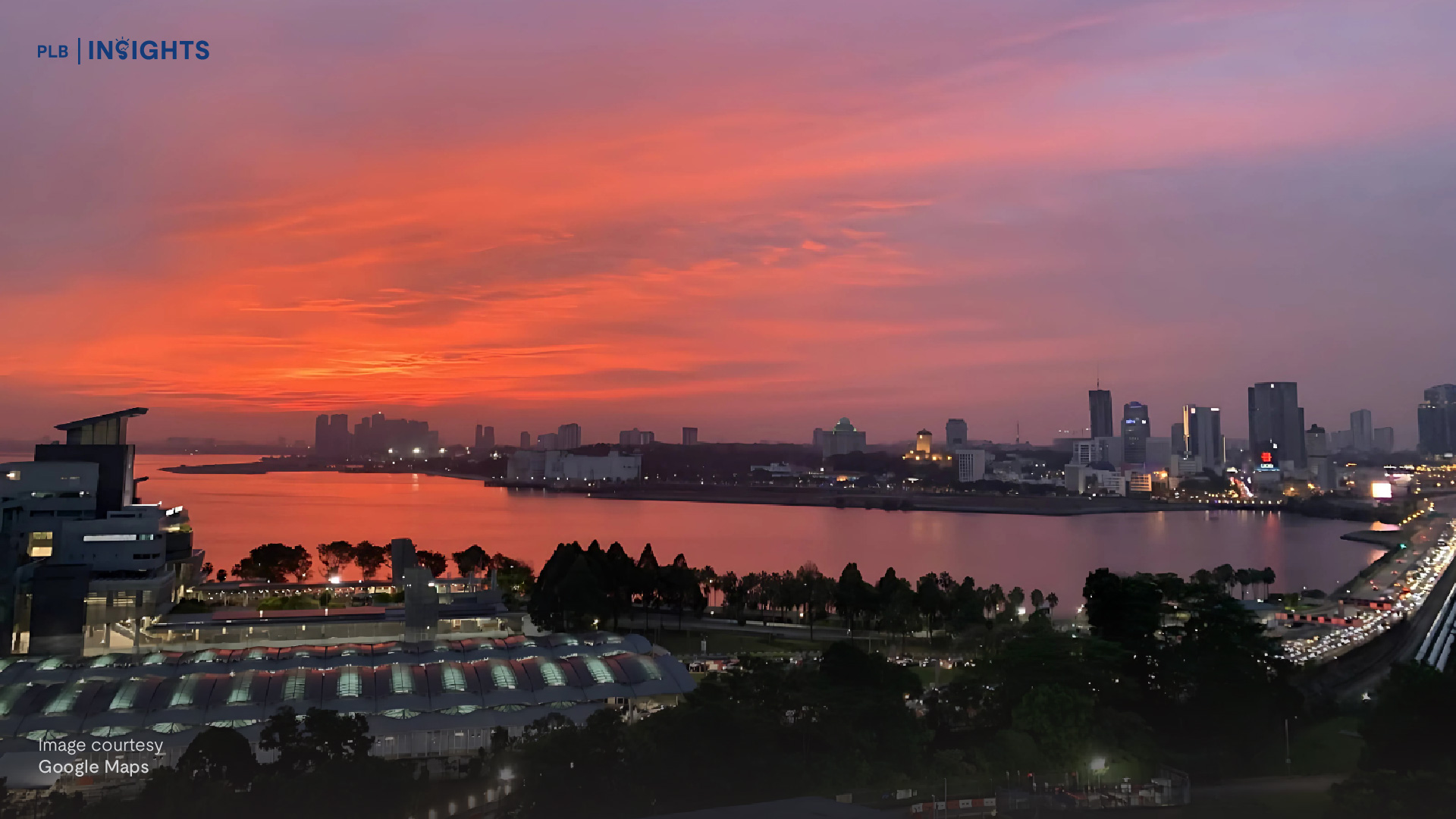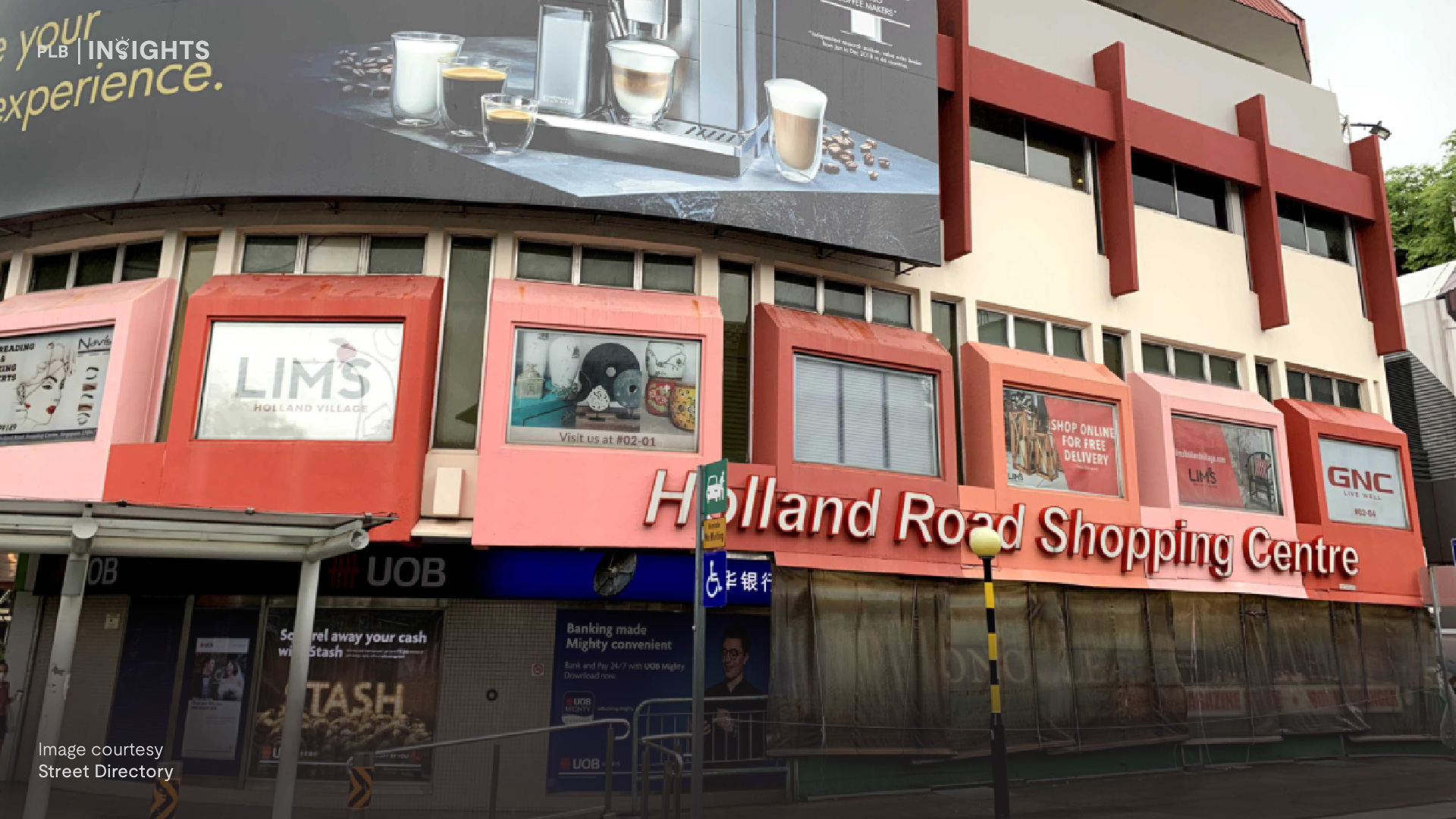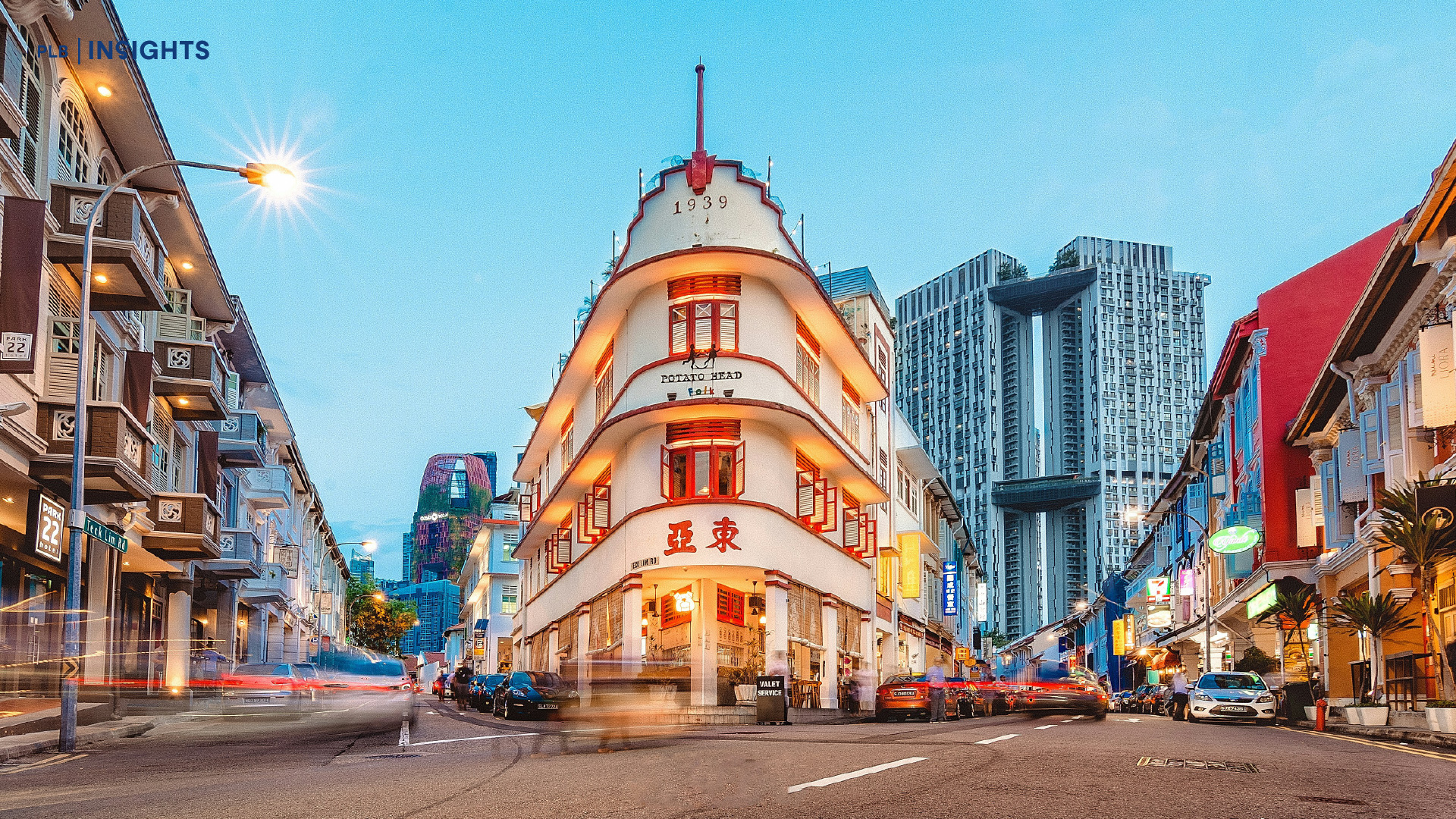
With Christmas finally here, you must have noticed the bright lights and trees with ornaments on both streets and homes, celebrating the birth of Jesus. But no decor is considered complete without a sprig of mistletoe – an evergreen plant to represent the everlasting life of Christ; or more contemporarily reinterpreted to represent love.

It remains unclear how mistletoe gained its romantic overtones, but some historians believe it derived from Celtic Druids, with others arguing its significance to be rooted in Norse folklore. While its origins may be disputed, the tradition of kissing under a mistletoe is a familiar notion perpetuated by pop culture (such as Justin Bieber’s holiday hit and Harry Potter’s first kiss). Yet, despite being a tradition adopted from temperate countries, mistletoes are not that foreign to Singapore and can in fact be found locally.
With the first mistletoe discovered in the 1800s, Singapore has since recorded 14 species of mistletoe. However, not all can be found in the wild today, as six species are presumed to be extinct in Singapore due to our very necessary land development over the past decades. Fortunately, some of our extinct species continue to thrive in the neighbouring tropics of Malaysia and Indonesia.
In celebration of Christmas, this article will explore the East Coast through one of the newest species of mistletoe to be found in Singapore – mulberry mistletoe to unpack Urban Redevelopment Authority’s (URA) latest plans for Bayshore and how these developments will parley with the environment.
Mulling over Mulberry Mistletoes
No prizes for guessing why the plant was named after a mulberry. Unlike the conventional red-berried mistletoes we see on Christmas decorations, the mulberry mistletoe has yellowish-brown fruits that resemble tiny mulberries.

Discovered in 2004, the mulberry mistletoe was first seen growing on a branch of a Rose-of-India tree at East Coast Park and subsequently found exclusively in the eastern parts of Singapore, such as Katong and Marine Parade. While common in the east, it is rarely seen elsewhere in Singapore. Due to its limited occurrence, this plant has hence been classified as critically endangered.
Yet, with the future plans for East Coast involving some sacrifice from nature, would this mistletoe continue to thrive?

Will it be a Bae-shore?
While the East Coast as a whole is expected to go through major changes in the coming years, this article will focus on URA’s plans for Bayshore, as it is one of the most imminent projects. Site clearance is expected to begin in 2023 and is intended to finish by 2029. Additionally, because of the lack of news from the Greater Southern Waterfront project since URA Master Plan 2019, Bayshore may be a more immediate waterfront estate for residents who appreciate the sea view and breeze.

Approximately 31ha (or 43 football fields) of forested area will be cleared to make space for a new housing district that will feature an equal mix of public and private homes. Residents in the new precinct will be serviced by the upcoming Bayshore and Bedok South MRT stations on the Thomson-East Coast Line, as well as have convenient access to ECP.
Besides convenience by transport, the district is also built with “healthy living” in mind. As such, Bayshore was mindfully planned to give residents a seamless connection from housing areas to the coastline, with paths that will be marked by heritage seawalls and a sea pavilion.
However, for all these developments to take place, Bayfront’s forested area has to be cleared. Acknowledging the effects of deforestation, HDB conducted an environmental impact assessment to understand the area’s ecology. The report observed that 16 out of the 196 flora species in Bayshore’s forest were of local conservation significance, and six bird species will be threatened by the removal of their habitat.

The report concluded that the biodiversity of Bayshore was of “minor to moderate” conservation value due to a low dominance of exotic species, but it did however predict several “irreversible” ecological impacts that will arise from the construction. This includes a “loss of habitat, injury or mortality of existing fauna, and bird-building collisions”.
A Shore Shrouded in Green
In view of such damages, HDB has proposed many mitigation measures to minimise and prevent the exacerbation of ecological damages, for which developers have to abide by. The report recommended the preservation of the environment through two stages – construction and operation.
Before constructing, HDB will work with National Parks Board (NPB) to transplant endangered flora species and engage with certified Animal Management Specialists to relocate the animals. Furthermore, to shepherd the animals out of the forested area, developers will also have to clear the vegetation in a directional approach and in stages.

When Bayshore is built, developers have to replant the trees and shrubs that were once in the area, especially fruiting flora species, to replicate a forest environment and provide food resources that are attractive to fauna species. Furthermore, as Bayshore’s forest was a popular nesting spot for birds, developers are also recommended to minimise the usage of reflective surfaces to reduce bird-building collisions.
With these measures, URA hopes to reintroduce the forest back to the bay, for residents to enjoy the best of both worlds surrounded by nature of both land and sea. Perhaps, residents may eventually see many sprigs of mulberry mistletoes growing just a whisper away from their homes.
Closing Thoughts
The slated clearance of Bayshore will begin next year and more news of specific developments will surely come to be known. Hopefully as plans progress, green spaces will be kept a priority to reintroduce the forest back to Bayshore and for residents to enjoy the greens amidst the blues.
If you are interested to know more about Bayshore, you can contact us here to find out more. For now, Merry Kissmas and may there be many more mistletoes left in the wild to smooch under. Till our next trip down memory lane~









